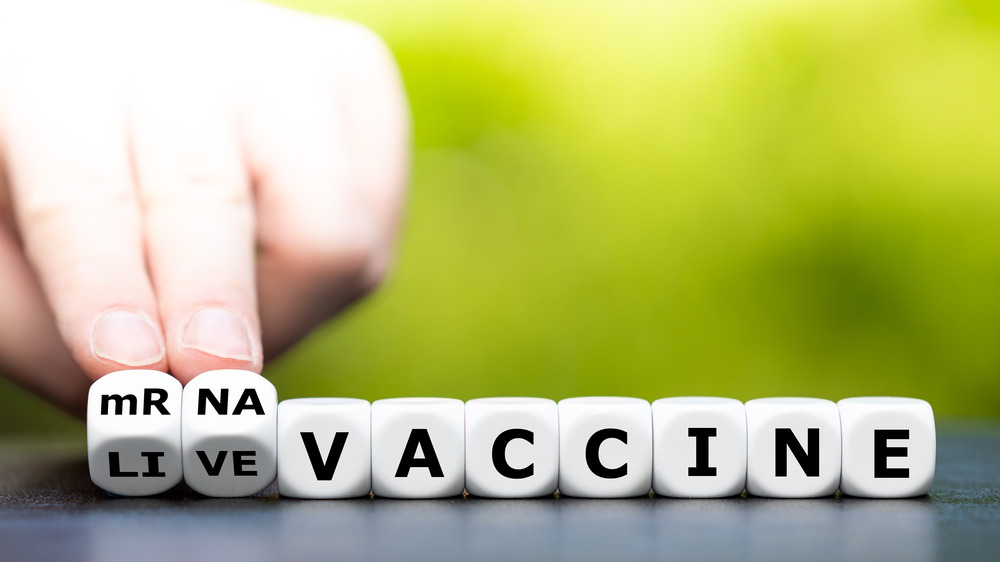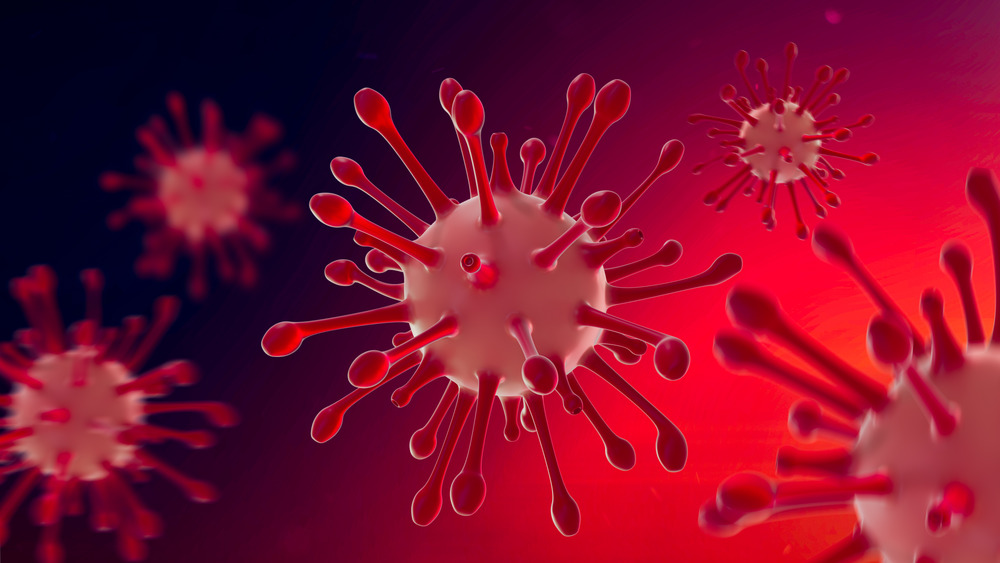The Truth About mRNA Vaccines
In a year marred with worldwide tragedy and loss, the development of COVID-19 vaccines has been a silver lining. Early on in the pandemic, the U.S. government announced Operation Warp Speed, a partnership between several government health agencies, including the Centers for Disease Control and Prevention, the National Institute of Health, and the Department of Defense (via HHS). The goal was established to produce and deliver 300 million doses of vaccines, with the initial doses available by January 2021. By December 2020, the Food and Drug Administration issued the emergency use authorization of both the Pfizer/BioNTech and Moderna COVID-19 vaccines, and healthcare workers across the country began getting vaccinated.
While there are still other vaccines in development, the development of both the Pfizer/BioNTech and Moderna vaccines has been a cause for celebration among the medical community. That's because mRNA vaccines haven't approved for use in any diseases to date (via Harvard Health). Don't be alarmed though — mRNA technology has been studied for over a decade in regards to other viruses such as Zika, influenza, and even Cytomegalovirus (via CDC). mRNA technology has also been studied in relation to targeting various cancers and tumors.
So how exactly do these vaccines work and how do they differ from traditional vaccines?
How mRNA vaccines actually work
Traditional vaccines, such as the flu shot, introduce weakened or inactivated components of a pathogen to stimulate an immune response to produce antibodies. Think of antibodies as your body's warriors, protecting you from unwanted intruders. Ideally, antibodies detect foreign invaders, attach to them, and then trigger a cascade of events, ultimately ridding you of the invader. mRNA vaccines are different, though. Instead of introducing part of the pathogen to our bodies, they actually teach our immune system how to make part of a protein which will trigger an immune response, leading to antibody development (via CDC). This also means that you can not catch COVID-19 from the vaccines.
The COVID-19 vaccines introduce messenger RNA (mRNA) or "instructions" on how to produce that "spike protein" we've become all too familiar with over the past year. The spike protein then becomes displayed on the cell's surface and is recognized by the immune system as an unwanted guest. Antibody production begins and attempts to fight off a perceived infection. These antibodies are specific to the virus responsible for COVID-19 infection (SARS-CoV-2). Now if you subsequently become infected with COVID-19, your immune system will be able to properly recognize the "spike protein," and deploy its already-primed army of antibodies.
Also of note, once the body makes a piece of the spike protein initially, the cells will destroy the mRNA and dispose of it using enzymes within the cell. It is critical to understand that the mRNA does not enter your cell's nucleus and thus doesn't affect or alter your unique DNA.
With promising vaccine results of about 95 percent effectiveness against COVID-19, widespread vaccinations may be the key to helping end this devastating global pandemic (via BMJ).


